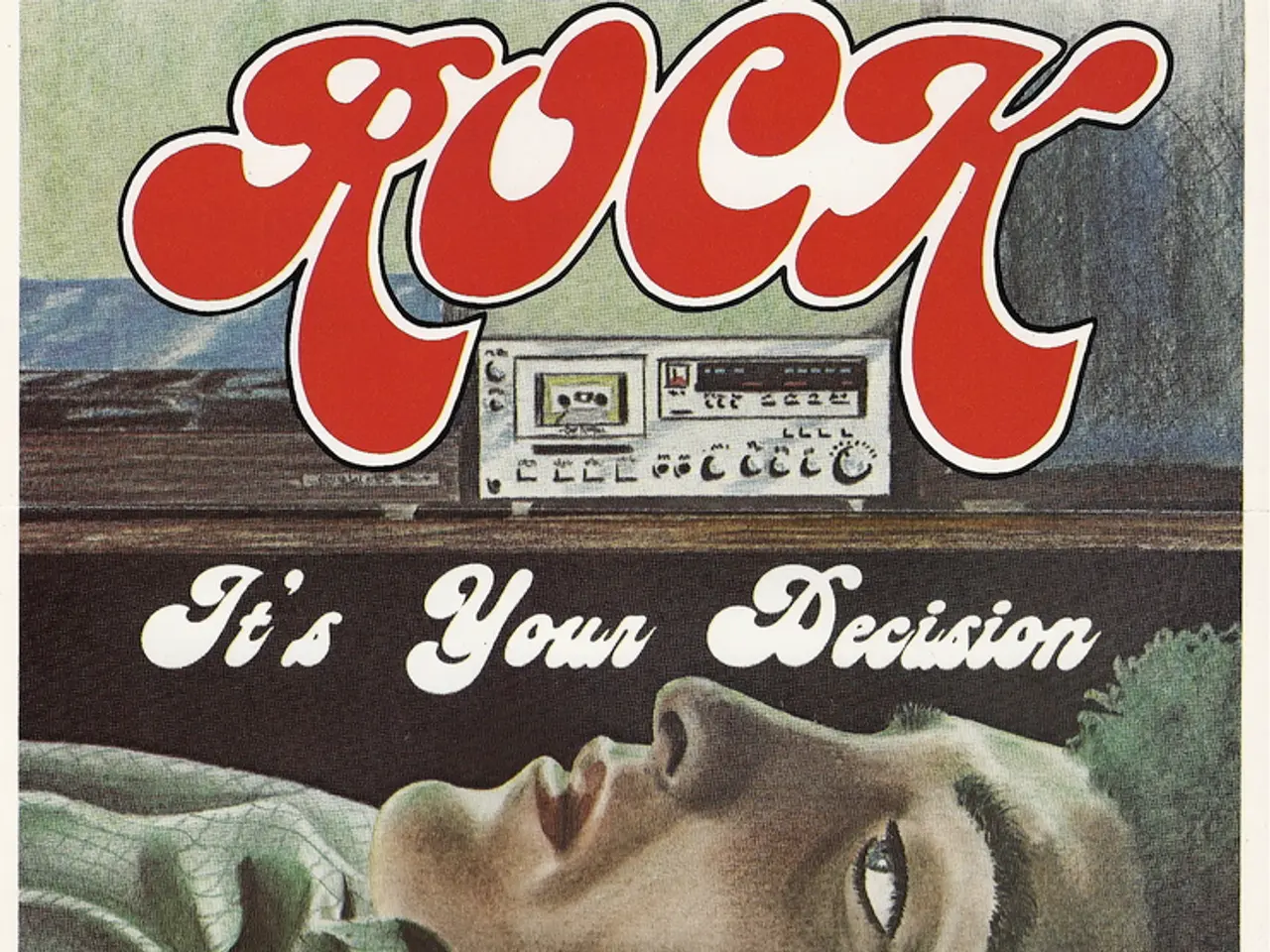Memory Recognition: Definition, Key Features, and Functioning Mechanism
In the vast landscape of our minds, memory plays a crucial role, helping us to navigate our daily lives and learn from our experiences. One particular subtype of memory that stands out is recognition memory, a tool that helps us identify familiar faces, places, and voices, making social interactions smoother and more natural.
Recognition memory differs from recall memory, where we retrieve information without external cues. Instead, it relies on cued memory retrieval. For example, in a multiple-choice exam, where we select the correct answer from a list of options, we are using recognition memory. Similarly, when we identify landmarks, road signs, or locations as we navigate our environment, or even when we recognise a face in a crowd, recognition memory is at work.
The cognitive process behind recognition memory includes encoding, storage, retrieval, and comparison. One of the brain regions crucial to recognition memory is the hippocampus, with structures close to it being essential for familiarity. Aggleton and Brown's neuroanatomical model of recognition memory postulates this connection.
Recognition memory operates through two distinct mechanisms: familiarity and recollection. Familiarity is the feeling that something seems familiar, without the ability to recall specific details. Recollection, on the other hand, allows us to be aware that a particular stimulus present in front of us had been encountered some time ago, and to recall specific details about that encounter.
Several factors can influence the accuracy and efficiency of recognition memory, including individual differences, environmental factors, and the nature of the material being remembered. The type of stimuli being processed also affects recognition memory; for instance, we are generally better at recognizing faces than abstract shapes or unfamiliar objects, and meaningful or emotional stimuli are often more memorable.
In educational settings, recognition memory is crucial for retrieving information from textbooks, lectures, or other resources and is commonly tested in exams. It is a type of long-term memory that enables us to identify or recognize previously encountered information, objects, events, or people. Mandler's model postulates that in recognition memory, an average decision could be based on both the memory search process and the assessment of item familiarity.
However, it's important to note that high levels of stress or anxiety can negatively impact memory performance, causing impaired encoding that makes it more difficult to recognize information later. In recognition tasks, we typically make a binary decision: either we recognize the item as familiar (the "Yes" response) or we do not (the "No" response).
In conclusion, recognition memory is a vital tool that helps us in numerous aspects of our daily lives. It is a less effortful, faster, and more sensitive measure of retention compared to recall memory, which demands active retrieval without cues. By understanding how recognition memory works, we can better navigate our world and enhance our learning experiences.
Key Distinctions:
| Aspect | Recognition Memory | Recall Memory | |------------------------|---------------------------------------------|-----------------------------------------------| | Retrieval Process | Identifying familiar information from options or cues | Actively reconstructing information without cues | | Cognitive Demand | Less effortful, faster | More effortful, slower | | Sensitivity | More sensitive measure of retention | Less sensitive | | Example | Multiple-choice test (choosing correct answer) | Essay test (generating answer from memory) |
[1] Atkinson, R. C. (1974). Human memory: A proposed system and its control processes. In R. C. Atkinson & R. M. Shiffrin (Eds.), Attention and performance III: Attentional control and its processes (pp. 75-110). Academic Press. [2] Aggleton, J. P., & Brown, R. T. (1999). Recognition memory and the hippocampus: A neuroanatomical model. Neuroscience and Biobehavioral Reviews, 23(6), 715-736. [3] Mandler, G. (1980). Recognition memory: A cognitive neuropsychological analysis. Psychological Review, 87(6), 669-697.
Psychology, as a science, has researched recognition memory, a crucial component of health-and-wellness and mental-health, which is key in our daily interactions. Its cognitive process involves encoding, storage, retrieval, and comparison, and it operates through two distinct mechanisms: familiarity and recollection. This memory type is essential in educational settings where it helps in identifying information from resources.




